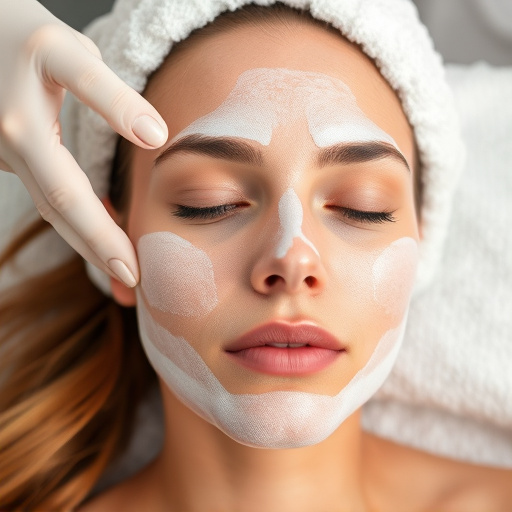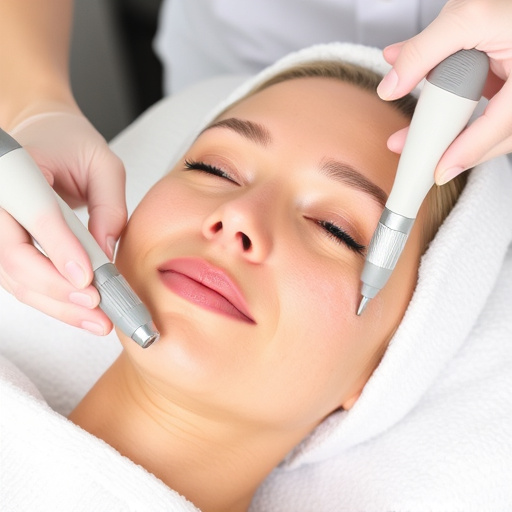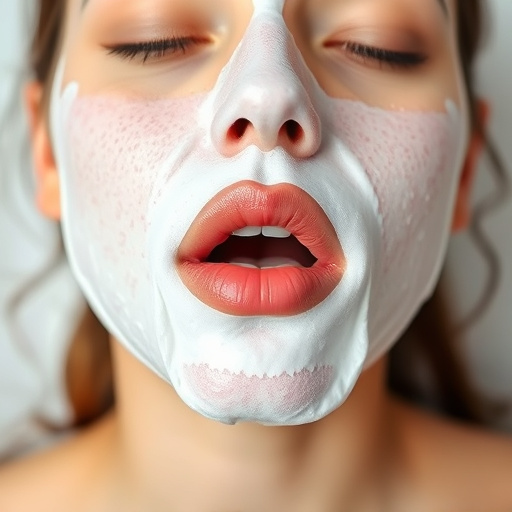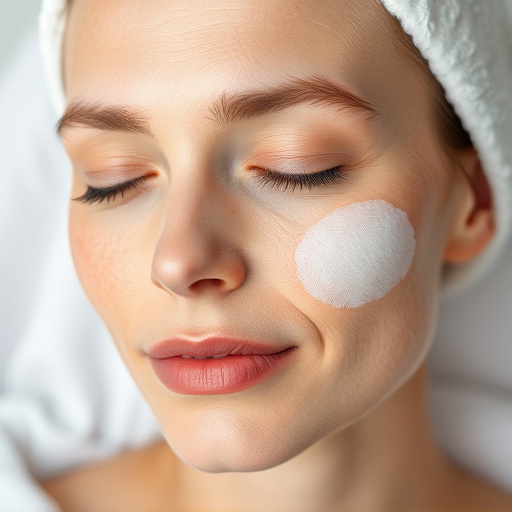Laser and chemical peels are popular skin resurfacing treatments that target various concerns like texture, fine lines, hyperpigmentation, and acne scars. Lasers offer precise, non-invasive procedures with long-lasting results, while chemical peels exfoliate damaged cells for improved skin brightening. Choosing between them depends on specific needs: lasers for targeted treatments, peels for gentle yet comprehensive rejuvenation. Consulting a dermatologist ensures optimal alignment with individual requirements.
“Uncover the battle between laser peels and chemical peels—two popular skin resurfacing treatments. This comprehensive guide aims to demystify these procedures, empowering you to make an informed choice. We explore the fundamentals of each method, their distinct advantages and drawbacks, and provide insights to help determine the ideal skin rejuvenation solution. From targeted laser technology to gentle acid blends, discover which resurfacing technique aligns best with your skincare goals and skin type.”
- Understanding Laser and Chemical Peels: The Basics
- Benefits and Considerations for Each Treatment
- Choosing the Right Resurfacing Method for Your Skin
Understanding Laser and Chemical Peels: The Basics
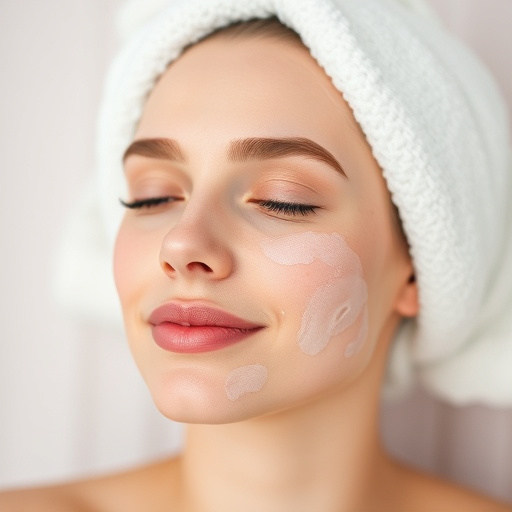
Laser and chemical peels are both popular skin resurfacing treatments that offer effective ways to improve skin texture, reduce fine lines and wrinkles, and enhance overall skin appearance. These non-surgical procedures have gained traction in medical spa services due to their ability to address various skin concerns.
A laser peel involves using concentrated beams of light to target specific depths of the skin, stimulating collagen production and removing damaged layers. On the other hand, chemical peels apply chemicals to the skin’s surface, creating a controlled injury that encourages new skin growth and reveals smoother, more youthful-looking skin. Both methods are designed to promote better skin health by encouraging cellular regeneration and enhancing skin tone and elasticity.
Benefits and Considerations for Each Treatment

Laser skin resurfacing offers a precise and effective method for achieving smoother, more even skin texture. This non-invasive procedure utilizes concentrated light energy to target specific skin layers, encouraging collagen production and reducing the appearance of fine lines, wrinkles, and age spots. One of its key advantages is its versatility; various laser technologies cater to different skin concerns, from hyperpigmentation to acne scars. Additionally, lasers can provide long-lasting results with minimal downtime, making them a popular choice for those seeking a quick yet lasting skin resurfacing treatment.
On the other hand, chemical peels present a time-honored approach to facial treatments, particularly effective for achieving a more youthful complexion. These peels use concentrated chemicals to exfoliate the top skin layers, removing damaged cells and stimulating new growth. Chemical peels are known for their ability to enhance skin brightening and tone, reducing the appearance of age spots and sun damage. While they may require several sessions for optimal results, chemical peels offer a more affordable option with minimal side effects, making them suitable for individuals seeking a gentle yet impactful skin resurfacing treatment.
Choosing the Right Resurfacing Method for Your Skin
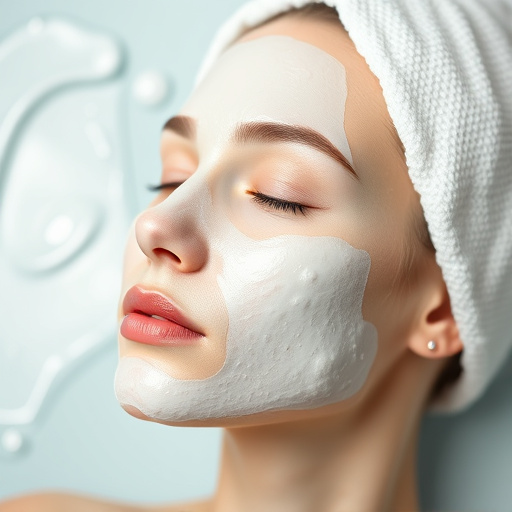
Choosing the right skin resurfacing treatment depends on understanding your specific skin concerns and goals. Both laser peels and chemical peels offer effective ways to improve skin texture, reduce fine lines and wrinkles, and enhance overall complexion. However, they work differently. Laser treatments target specific skin layers with concentrated light energy, promoting collagen production and skin tightening. Chemical peels use acid solutions to exfoliate the outer layer of skin, revealing smoother, more even-toned skin beneath.
Factors like your skin type, sensitivity, and desired results should guide your decision. If you seek targeted treatment for age spots or fine lines, lasers might be a better choice. For gentle yet comprehensive skin rejuvenation, chemical peels can deliver remarkable results without the potential side effects of laser procedures. Consulting with a dermatologist will help determine which facial treatments align best with your individual needs and preferences.
When it comes to choosing between laser and chemical peels for skin resurfacing, both offer significant benefits with unique considerations. Laser treatments provide precise targeting and long-lasting results, making them ideal for addressing specific skin concerns. Chemical peels, on the other hand, offer a gentle yet effective way to exfoliate and stimulate new skin growth. Ultimately, the best choice depends on your individual skin needs, budget, and preferences. Consider consulting a dermatologist to determine which skin resurfacing treatment aligns best with your goals for glowing, healthy skin.



